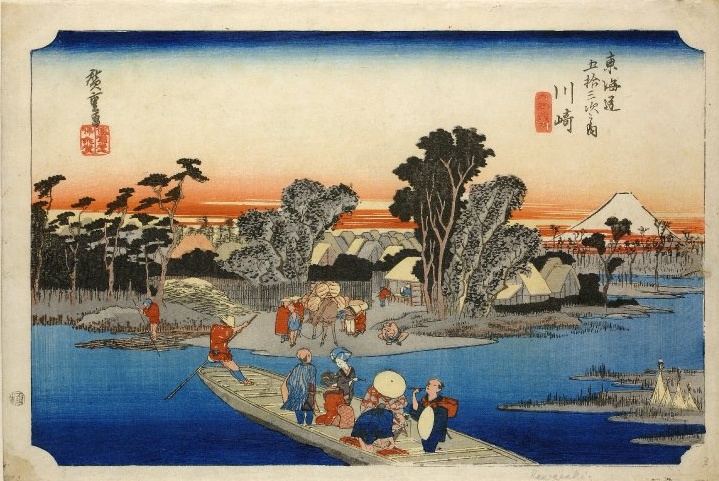While Europe was starting to flourish in its industrial revolution, another important period in world history was going down in the East. More specifically, in Japan. During this period, Japan was under the rule of a military dictatorship, historically referred to as the Tokugawa Shogunate or the Edo period.

During the Edo period (1603CE – 1867CE) the Tokugawa Shogunate finally unified all of Japan. With that, there were no more civil wars among Japanese clans. This lead to a period of internal peace, political stability, and economic growth that grew Japan’s culture to the next level. Business increased, schools and roads were built, everyone learned to read, and many books were published. There was poetry, puppet shows and even Dutch studies. During this period, Japan had cut off the majority of its external relations and trade with other countries out of fear for being invaded by outside forces, with the exception of the Dutch. The trade between the Dutch and the Japanese allowed for people of Japan to study European works of Physics and Astronomy. Only after a couple of centuries, in the early 1800s, Japan opened its trade relations again, allowing for the very influential style of traditional Japanese artworks called ukiyo-e to travel over to Europe.

Ukiyo-e, meaning “the floating world”, was the style of art popularized within the Edo period. Its characteristics were not focused on realism, but more so on the beauty and the essence of the natural world. It originated from the various depictions of the red-light districts across Japan at the time. With the abundance of prostitution in feudal Japan, the government decided to push all of them into one area. The lives of these prostitutes, both male and female, were incredibly depressing. The majority of them were sold to brothels by their own family and worked in a never-ending cycle of debt until their death. They were not allowed to step outside of the walls of the brothel, unless if it were to visit a dying relative or once a year for hanami, the viewing of cherry blossoms. The only escape was to marry a client, to be taken in as a concubine, or in death, commonly due to sexually transmitted infections, failed abortions or sexual abuse. In rare instances, some were able to pay off their debts and live a normal life, but it was near impossible to achieve this as the financial outcome was in the brothel’s favour.

Though the dark history of sex trafficking may make the Edo period seem gloom, the red light district lead to the flourishing of art and culture across the country. The members of the shogunate being wealthy alongside a booming consumerism culture, patrons of arts, music and literature grew the art history of Japan and pushed their limits. And like every cultural advancement, life wasn’t perfect, but it allowed Japanese art to bloom.
https://www.collectorsweekly.com/articles/the-tragic-life-of-the-courtesan-in-japans-floating-world/
